Shada Flashlights, batteries and acessories

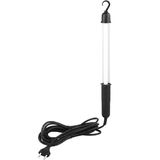

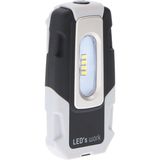
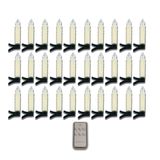
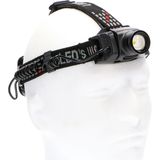
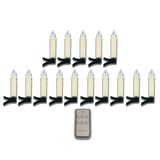
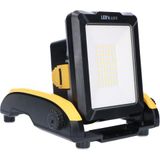


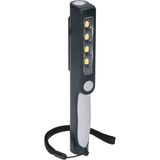
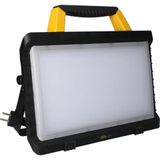


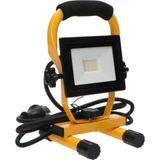
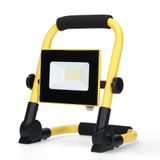
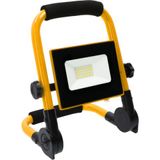
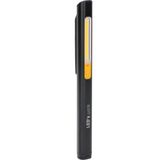

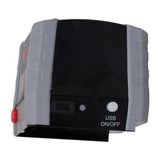
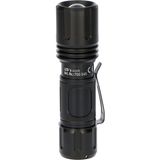
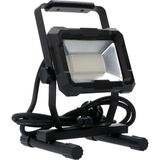
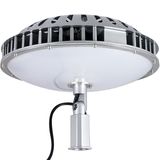



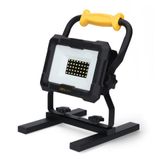
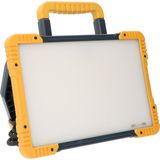
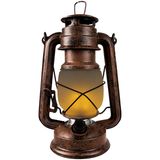
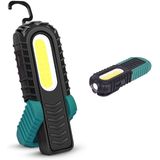

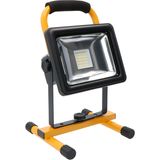

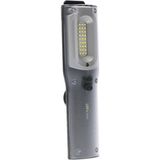
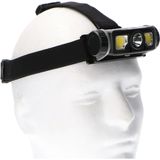
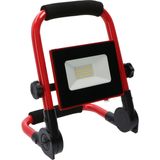

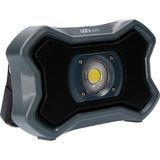

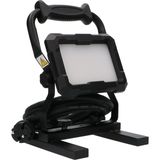
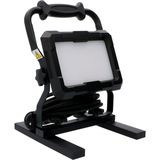
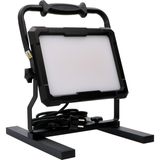
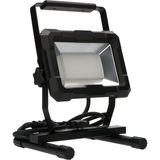
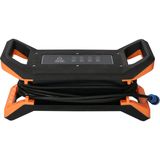
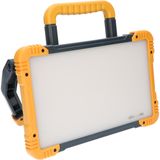


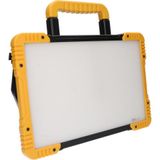
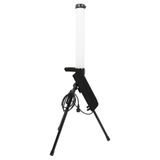

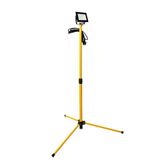
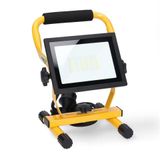


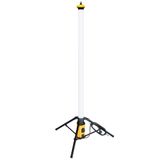

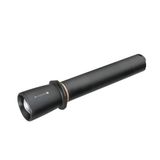


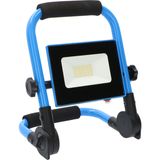
-
-
1
- 2
-
shada flashlights and batteries for facilities and field teams
Site crews need compact lights that survive drops, water, and heat while delivering consistent output. Shada focuses on practical form factors for maintenance, security rounds, inspection, and emergency kits, with housings in anodized aluminum or fiber-reinforced polymer, deep-cut knurling for wet gloves, and sealed switches that don’t trap dust. Beam patterns range from tight spot for inspection to wide flood for rooms and corridors.
Product range and series overview
Expect three working classes: pocket lights for daily carry, mid-size duty models for long shifts, and high-output search units for yards and roof checks. Charging options span cradle docks for wall boards, magnetic tail charging where ports would compromise sealing, and direct USB-C for pool devices and loaners. Skus cover neutral-white work beams for color checking, high-CRI variants where wiring colors matter, and ATEX-style bodies for low-risk utility zones that still need anti-spark ergonomics.
Technical specifications and standards
Most bodies are IPX4 to IPX8 with 1–2 m drop ratings on concrete. Output sits in the 200–1 500 lm band for duty lights, peaking to 3 000 lm in search modes; throw values typically reach 8–25 kcd depending on reflector depth. Regulated drivers hold brightness as the cell depletes and step down thermally to protect LEDs and seals. Expect CCT around 4 000–5 000 K for task work and 5 700–6 500 K for patrol; CRI 70–90 per application. Cells are 18650 or 21700 lithium-ion with built-in protection; AA/AAA skus remain for cold stores and aviation security where primary cells are preferred. Runtime follows ANSI/PLATO FL1 methodology, so engineers can compare modes on a common basis.
shada led flashlights optics and beam control
TIR lenses give uniform spill for close work; smooth reflectors drive throw for inspection at height. Anti-reflective coated glass maintains lumen output after repeated cleaning. Tailcaps accept momentary press for signaling, while side switches manage modes without shifting grip.
shada rechargeable torches charging and runtime
USB-C at 5 V/2 A is common for hand-offs; docked variants tie into tool boards with status LEDs and keyed cradles. Smart charge ICs handle CC/CV profiles and cut-off around 4.2 V per cell; low-temp cutbacks protect packs below 0 °C. Typical duty profiles deliver 300–600 lm for 6–12 h, with turbo windows for quick identification.
Applications and compatibility across sites
Apartments and hotels rely on compact inspection lights for ceiling voids and risers; offices need mid-output units that won’t blind colleagues during moves/adds; retail teams want wide flood for shelving checks; plant corridors prioritize gasketed switches and glove-friendly grips. For rapid deployment, shada portable lighting kits combine a duty light, charger, and belt case so supervisors can issue sets by room tag or crew.
Integration with other Shada products
Cable routes and charging points align cleanly with Shada installation hardware. Cradles mount on DIN backplanes or plywood boards above lockers; mini-trunking hides low-voltage leads to multi-bay chargers; compression glands on IP enclosures let you power docks from local 24 V rails. Where van stock is tight, crews pair lights with Shada conduit clips and tie bases to stage temporary task lighting during night shifts.
Accessories and service parts
Holsters, helmet clips, traffic wands, and diffuser caps keep one body useful across tasks. Replaceable switch boots, O-rings, and lens windows extend life after hard use. Rotary tail-rings with detents help security routes standardize mode selection. When building van kits, include spare clips and seals with the label scheme used elsewhere on site; that keeps maintenance predictable for audits. In documentation and purchase orders, reference shada flashlight accessories explicitly to lock the exact mounts and service items.
shada battery packs chemistries and safety
Packs center on protected Li-ion with PTC and thermal fusing; some models expose a fuel-gauge rail for quick checks on the bench. Look for UL-recognized cells, short-circuit protection, and storage guidance (40–60 % state-of-charge when lights sit in lockers). Cold-room skus specify low-temperature electrolytes; high-ambient skus use conservative current limits and heavier heat sinks. For pooled assets, barcode every pack and set inspection intervals; chargers with per-bay LEDs make this fast. Where policy demands sealed assemblies, select welded-can packs and stock gasket kits for the charge port. For procurement notes, list shada battery packs and cradle part numbers together so deliveries arrive complete.
Selection criteria for B2B clients
Start with task distance and working time; pick candela for reach, lumen for area, and cell capacity for shift length with 20–30 % margin. Choose neutral-white beams and CRI ≥90 where color discrimination matters (wiring, finishes), cool-white where punch is key outdoors. Favor aluminum for thermal headroom, polymer for light weight and corrosion control. Lock charging to one standard per site to avoid cable drift. In RF-sensitive spaces, avoid magnetic charging leads and strong tail magnets. When documenting orders, mention shada handheld lights for user-issued kits, and reserve USB-C dock models for shared racks. For mixed fleets, note shada flashlights and batteries in the BOM so replacements track to the same cells.
Accessories, kits, and spares for rollouts
Procurement teams should bundle chargers, holsters, helmet clips, and spare seals into room- or crew-level kits. Specify diffuser caps for wide indoor tasks and traffic wands for wayfinding during evacuations. For warranty and lifecycle, keep lens windows, switch boots, and tail springs in a small service pack; that avoids scrapping bodies after minor damage. Use shada lighting connectors from site stock when hard-mounting cradle power—this keeps terminations consistent with other low-voltage boards.
Advantages of working with Bankoflamps
We map pricing to your shift plans and confirm live EU inventory before crews are assigned. Quotations arrive in about an hour with EAN/MPN so variants don’t drift between orders. Your portal shows lead times, shipment progress, and downloadable price files; we keep price-validity windows aligned to rollout phases. Approved accounts can use post-payment up to 30 days. We consolidate partials to cut freight, and your account manager checks lumen classes, beam pattern, charger type, pack capacity, ingress rating, and mounting hardware against your drawings—so cartons land ready for issue, not rework.